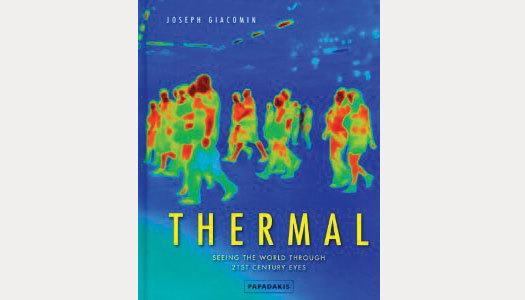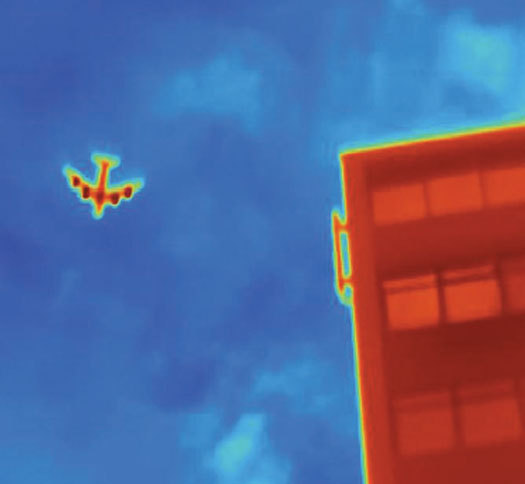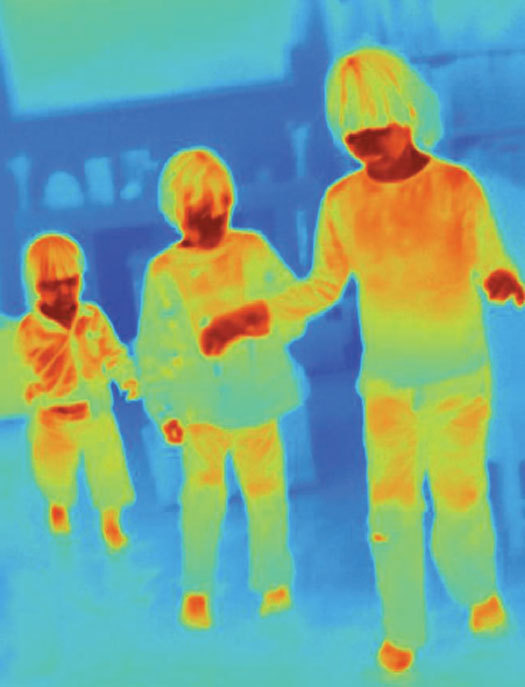
A premise of Joseph Giacomin's new book Thermal is that global warming is hard to ignore when you view the world through thermal eyes.
Hard, but not impossible, to ignore. We humans are skilful evaders of uncomfortable truths.
The premise of the author's reseach group at Brunel University in the UK, Perception Enhancement Systems, is that leveraging our sensory systems through the use of advanced technology can enhance our understanding.
Our dilemma is this: although technologically-enhanced images can, potentially, enhance our understanding, human behaviour is more complicated. Misleading “gut instincts,” and personal associations and biases, can be more influential than perceived facts in influencing our energy habits.

It emerged at Garrison Institute's climate, mind and behavior conference last year that enhanced perceptual tools are only part of the answer.
We also need to draw on knowledge emerging from behavioral and neuro-economics, and cognitive science research. Researchers in those domains — often in a businesss, not environmental context — are investigating ways to steer individual and group decision making.
As this writer has discovered, too, in exploring the relationship between metrics and aesthetics, it is not a simple matter of cause (an evocative image) and effect (changed behavior.)
This is not to diminish the affective power of some images in Thermal. There are *so* many things we do not see — for example, the contribution of chldren to global warming....
Besides, I also learned in the pages of Thermal that the average street light or home lamp emits less than three percent of the inputted energy in the form of light, with nearly all the rest ending up as heat.
Technical note (from the author's website): These 20x240 pixel JPEG images were shot using a 60 Hz thermal imaging camera; it is similar in appearance to a camcorder. Pseudocolour is used to indicate the variations in temperature — bright red-orange for the hottest temperature and dark blue for the coolest.

